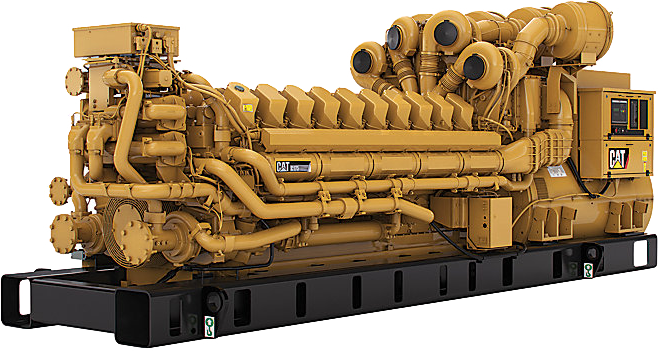Generators & Generators Backup
Emergency and backup power are integral to the reliable operation of mission-critical
systems and facilities. Without a robust infrastructure, small anomalies in incoming power can lead
to significant outages and incidents. For maintenance and engineering managers, developing a high
level of confidence in an electrical infrastructure can lead to a stronger sense of system ownership
and trust that it will respond as designed.
The phrase backup power is used often when discussing generator and uninterruptible power supplies
(UPS), but each system performs different tasks. The facility’s generator provides an emergency or
alternate source of power during an incoming power event. On the other hand, the UPS provides a
source of backup power in the form of a battery or energy storage system to maintain continuity of
power to the load while the system is transitioning to backup power.
Generator applications
The typical institutional or commercial facility uses one or more emergency generators as the
primary means of backup power. In a typical configuration, backup generators connect to the
electrical system using automatic transfer switches (ATS) or an automated switchgear application,
and they constantly monitor the incoming main power supply. If an outage occurs or if that power
supply deviates from acceptable limits, the generator starts automatically and restores power to the
system once it is transferred to the generator.
Most data centers use standby diesel generators to provide backup power. These engines are the
typical application due to their ability to start quickly, to maintain steady-state output power
within relatively tight limits, and to respond to load transients quickly with minimal deviation.
Depending on the cost of fuel, stockpiling and running a diesel generator can have considerable cost
impacts, but the cost has been long accepted by the industry due to the engines’ capabilities.
As fuel costs continue to escalate, and as the industry shifts toward more sustainable fuel sources,
managers have expressed more interest in alternative-fuel systems for backup power generation.
Traditionally, managers have avoided alternative fuel sources because of slow starting times and
slower transient response.
Due to advances in generator governor control and engine design, low-pressure natural gas engines —
both reciprocating and turbine driven — have made inroads into facilities, providing the transient
response and start times data center that owners and designers require and offering a sustainable
alternative to standard diesel generators.




 CM Engineering
Pvt Ltd
CM Engineering
Pvt Ltd